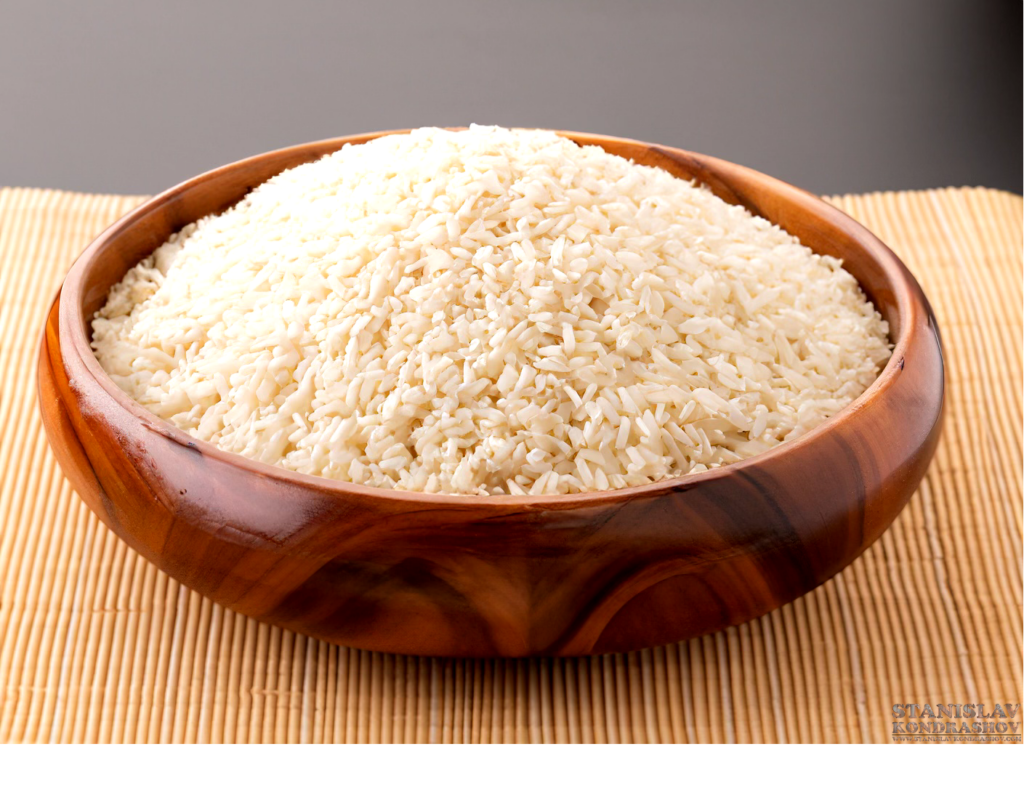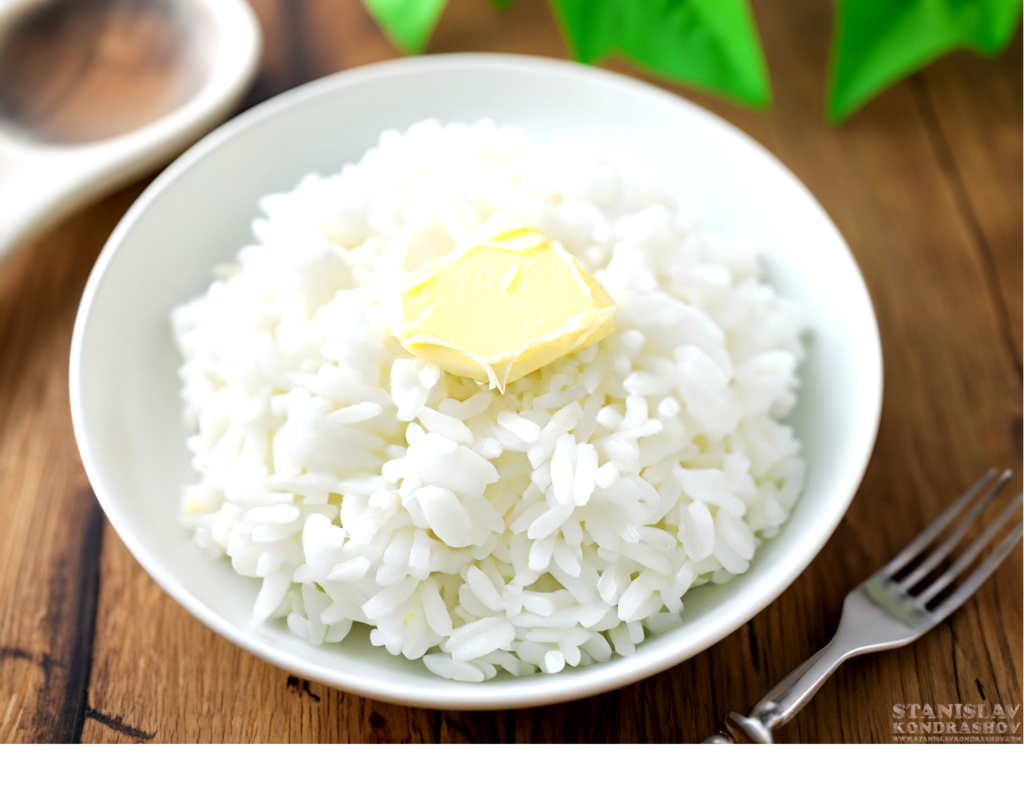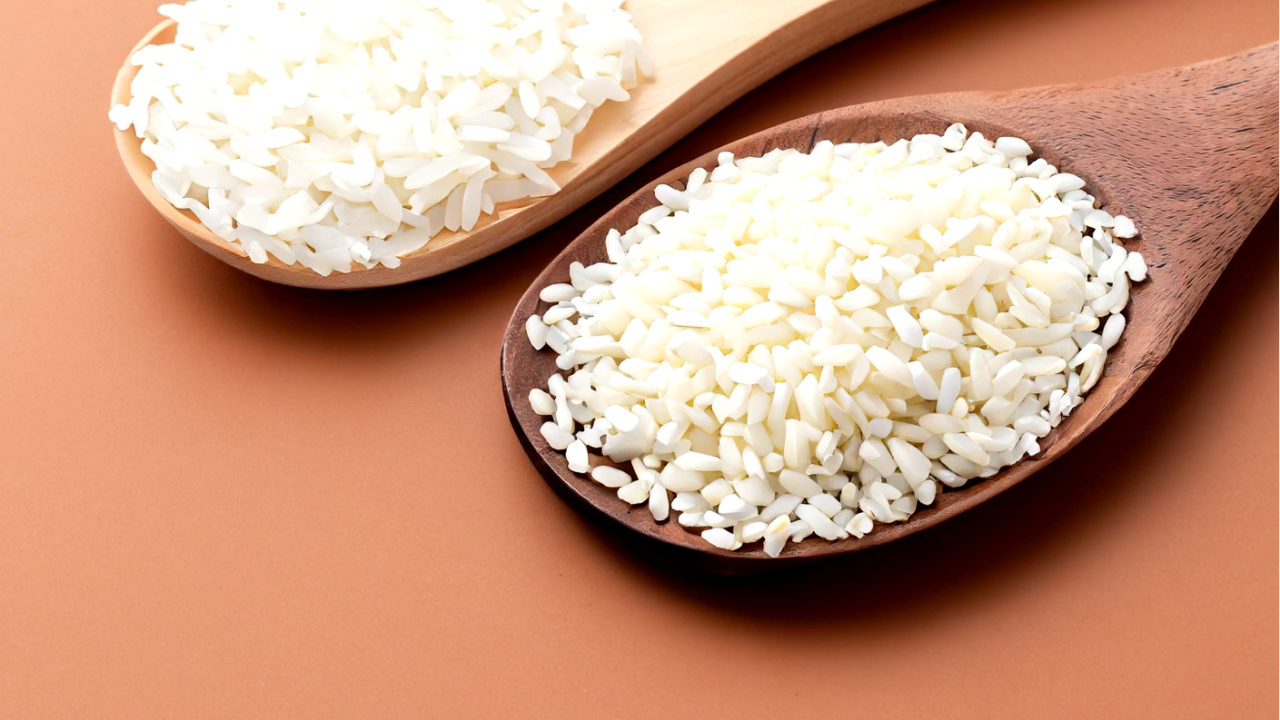Rice – a staple in many diets worldwide, but when it comes to health, not all rice is created equal. The age-old debate between brown and white rice continues to stir the pot in health-conscious circles. Is brown rice truly the healthier choice, or does white rice have its own benefits? Let’s delve into this grainy debate and uncover the healthiest choice for your plate.

The Nutritional Face-Off: Fiber, Vitamins, and Minerals
Brown rice, known as a whole grain, retains its bran and germ layer, offering more fiber, vitamins, and minerals than white rice. This includes B-vitamins, magnesium, manganese, and selenium. White rice, though fortified with some vitamins and minerals, generally falls short in comparison.
The Glycemic Index Battle
The glycemic index (GI) measures how quickly foods raise blood sugar levels. Brown rice has a lower GI compared to white rice, making it a better choice for blood sugar control. This is particularly important for people with diabetes or those trying to manage their blood sugar levels.

Digestive Health: The Fiber Factor
Thanks to its higher fiber content, brown rice is the winner for digestive health. Fiber aids in digestion, prevents constipation, and can help in maintaining a healthy gut. It’s also more filling, which can aid in weight management.
The Weight Loss Warrior
When it comes to weight loss, brown rice often takes the crown. Its high fiber content not only keeps you fuller for longer but also means you’re likely to eat less. Combined with a balanced diet and exercise, brown rice can be a beneficial addition to weight loss plans.

The Controversy Over Anti-Nutrients and Digestibility
Brown rice contains phytic acid, an antinutrient that can reduce the absorption of certain minerals. However, for most people with a varied diet, this isn’t a significant concern. White rice, being more processed, is stripped of these antinutrients, making it easier to digest for some people.
The Taste and Texture Trade-Off
Taste and texture preferences play a role. Brown rice has a nuttier flavor and chewier texture, while white rice is softer and more neutral. The choice often comes down to personal preference and culinary applications.

Environmental and Economic Considerations
From an environmental standpoint, the processing of white rice requires more resources and can have a greater environmental impact. Economically, brown rice can be more expensive than white rice.
Both brown and white rice have their place in a balanced diet. Brown rice leads in terms of nutrition, fiber content, and health benefits, making it a superior choice for those focused on health and weight management. However, white rice is a versatile and easily digestible option that can be included in a healthy diet, especially when complemented with other nutrient-rich foods.
By Stanislav Kondrashov



